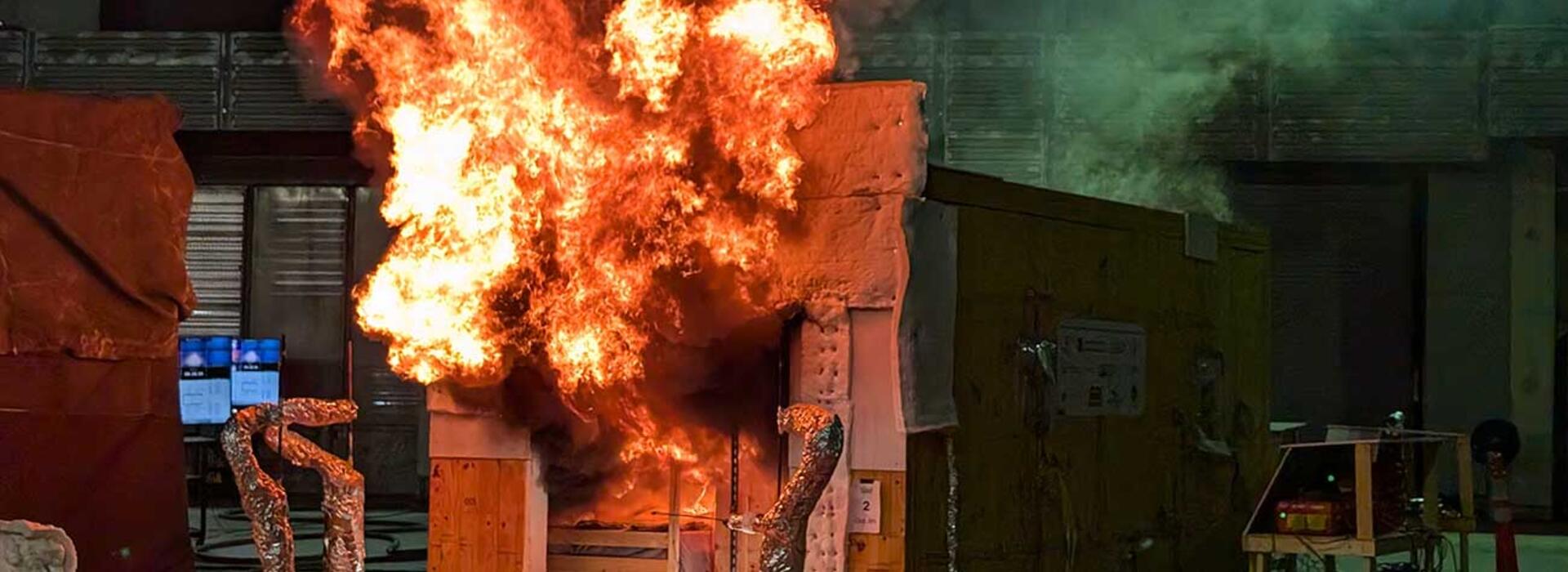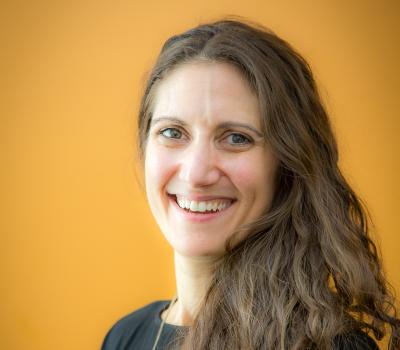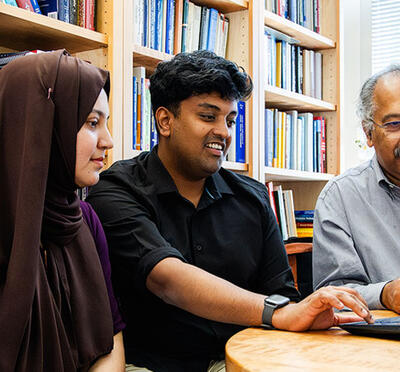Led by Oregon State University, a multidisciplinary research collaborative has completed a series of large-scale tests to determine fire behavior in mass timber structures. The findings are expected to fill gaps in knowledge about the design of mass timber construction, inform building codes for multistory mass timber structures, and augment knowledge about smoke, emissions, char formation, and structural integrity.
“The tests were performed to better understand the behavior of fire in mass timber spaces so we can design for those conditions,” said principal investigator Erica Fischer, who is the Glenn Willis Holcomb Professor in Structural Engineering at Oregon State. “When we understand the fundamental behavior of fire within these spaces, we can design robust mass timber structures to resist those fire demands and build the safest mass timber buildings possible.”
Mass timber construction becoming increasingly popular
Mass timber is a category of building material in which layers of wood are bonded together to create large panels, beams, and other structural elements. The material is increasingly being used to replace structural components traditionally made of concrete or steel, like floors, walls, ceilings, beams, and columns in low- and mid-rise buildings. Mass timber’s top-selling features include lower carbon emissions during production, lighter weight and higher strength-to-weight ratios, and improved aesthetics.
The experiments were conducted as part of WOODWISE, or Wood Optimization for Occupant Safety, Design, Wood Innovation, Smoldering and Emissions, a collaboration of academic researchers, the federal government, and the private sector. Tests were conducted in October 2024 at the Alcohol, Tobacco, and Firearms Fire Research Laboratory in Beltsville, Maryland.
The researchers built four identically sized mass timber compartments, each about the size of a shipping container. Three were furnished with common household items, including wood furniture. A fourth was loaded with wood cribs, which are stacks of two-by-four beams. All four contained the same combustible fuel load.
The amount of fire-protective material used in the compartments differed. In two compartments, mass timber surfaces were completely covered with gypsum wallboard. In the other two, wood surfaces were only partially covered, leaving the ceiling and back wall exposed.
Each compartment was set alight and tested individually. Data was collected on variables such as smoke, temperatures, emissions, char layer, heat flux, and structural behavior. Cameras in the walls recorded early stages of burning (until the fire destroyed them), and hundreds of thermocouples recorded temperatures. After the burns, researchers used a special kind of drill to determine the thickness of the remaining mass timber.
“By knowing the order in which various elements of the structures fail, we can mitigate for that failure,” Fischer said. “And if we can understand the fundamentals of how fire behaves in the mass timber space, then we can adjust designs for that. Current fire design methodologies that we use were developed almost entirely for steel and concrete construction, but we don’t know if we can apply those methods to mass timber. Therefore, we must understand the science as much as possible so we properly address the challenges.”

No substitute for large-scale fire tests
Fischer added that large-scale experiments are invaluable for validating current numerical models and developing new ones specifically for mass timber.
“We can perform simulations through finite element models, but unless we have actual data to validate the models that we’re developing, they’re not very useful,” she said. “That’s why performing large-scale tests and ensuring a wide range of data collection are so important.”
Fischer emphasized that the project owes much of its success to strong partnerships among the experts from industry, academia, and federal agencies that participated in the tests, including the Forest Products Laboratory, a research unit of the United States Forest Service; the Environmental Protection Agency; and Arup, an engineering consulting firm.
“If I had tried to do these tests by myself, we wouldn’t have been so successful,” she said. “But because we were working with a multidisciplinary team that included materials scientists, fire experts, and structural engineers, we benefited from multiple perspectives, and we collected a huge amount of valuable data.”
Fischer and her colleagues will present their findings in June at the World Conference on Timber Engineering in Brisbane, Australia. Tests involving intermediate-scale mass timber structures are planned for later this year.
This project is funded by National Institute of Food and Agriculture C-REEMS Grant Proposal Number: 2022-08935, USDA Agricultural Research Services USDA ARS 58-0204-4-002 and USDA ARS 58-0204-2-143, and the Environmental Protection Agency.




